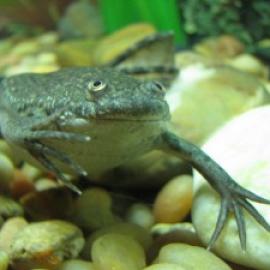
by Jessica Schmonsky
Research published earlier this year, detailing the effects of the popular herbicide atrazine on amphibians, reignited ongoing controversy over using chemicals to control our environment.
Read more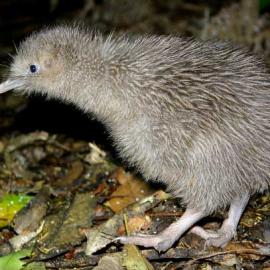
by Kathryn Dixon
Twenty young flightless rowi kiwis got the chance to fly this week, as part of intense conservation efforts by the BNZ Save The Kiwi Trust to preserve this rarest of kiwi birds.
Read more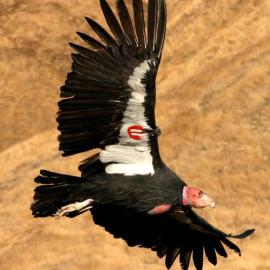
by Michael Warren
A recent study published in the Proceedings of the National Academies of Science has made a clear connection between lead poisoning in California Condors and the lead found in hunting ammunition. An article…
Read more
by Merri Collins
The solitary and elusive Giant Pacific octopus, found in coastal waters of the North Pacific, holds the title of largest and longest-lived of the octopus species. The largest Pacific octopus on record…
Read more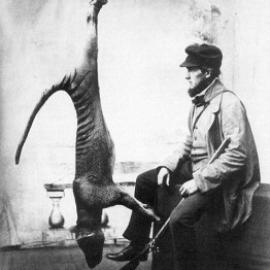
by George Stevens
The last known wild Tasmanian tiger (thylacine) was shot in 1930, and the last thylacine in captivity died six years later in the Hobart Zoo. The Tasmanian tiger was officially declared extinct in 1986,…
Read more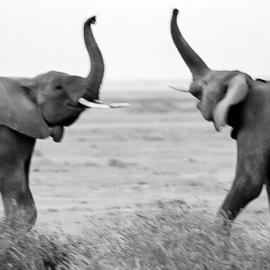
by Zoe Krasney
Photographers Cyril Christo and Marie Wilkinson talk with Izilwane about their new film Lysander’s Song, the slaughter of elephants throughout Africa, and how the survival of the elephant and the innocence…
Read more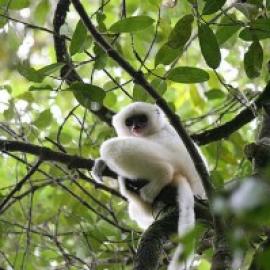
by Merri Collins
The silky sifaka is a rare species of white lemur, known in Madagascar as the “ghost of the forest”, for its ability to evade the human eye by swinging swiftly through the tree tops. Silkies are one of…
Read more
by George Stevens
Everyone is affected by global climate change, but some are affected more than others. The poor fare worst of all, and most of the world’s impoverished people are women. According to UNECA, 70% of the…
Read more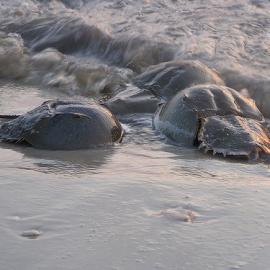
by Kathryn Dixon
What do horseshoe crabs, and red knots have in common? Survival. Two different, but vital, annual migrations bring these animals together every year. Both are fighting to survive.
Read more
by Kira Johnson
The biodiversity crisis currently unfolding on planet Earth may pose serious implications for the human race, yet solutions for this crisis seem dishearteningly few. Call of Life, an exceptional documentary…
Read more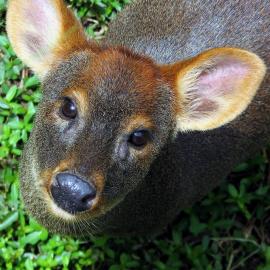
by Merri Collins
Pudú are the world’s smallest deer species, found in the temperate forests of South America. Like other deer, pudú eat foliage, shoots, twigs, bark, buds, fruit and seeds.
Read more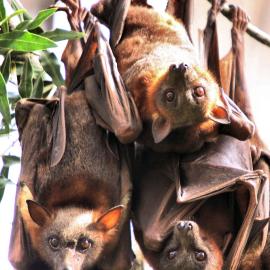
by Kathryn Dixon
In eco-immunology, a young new field of scientific research, the main goal of researchers is to understand how the spread of disease in wildlife is exacerbated by human and environmental elements (like…
Read more

